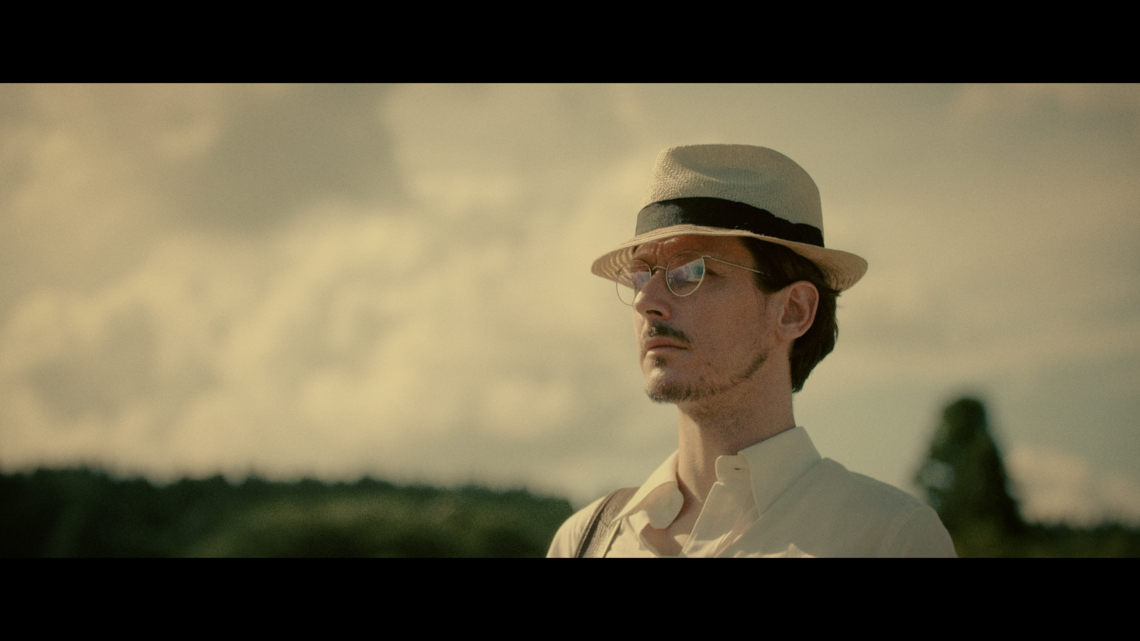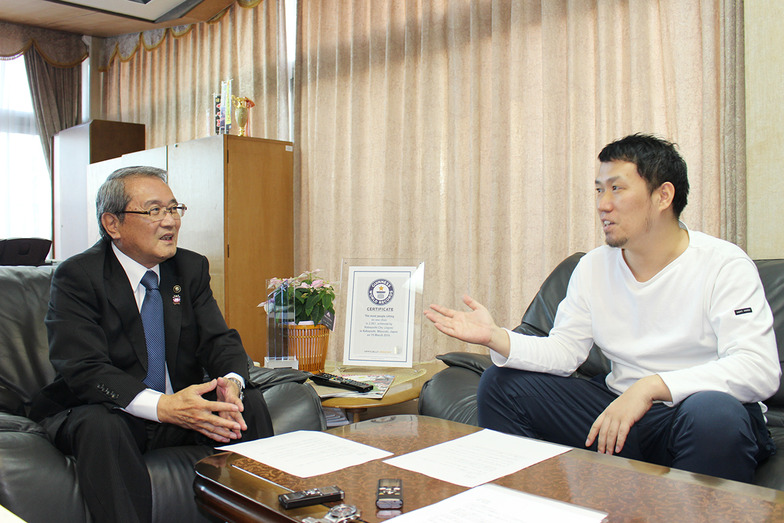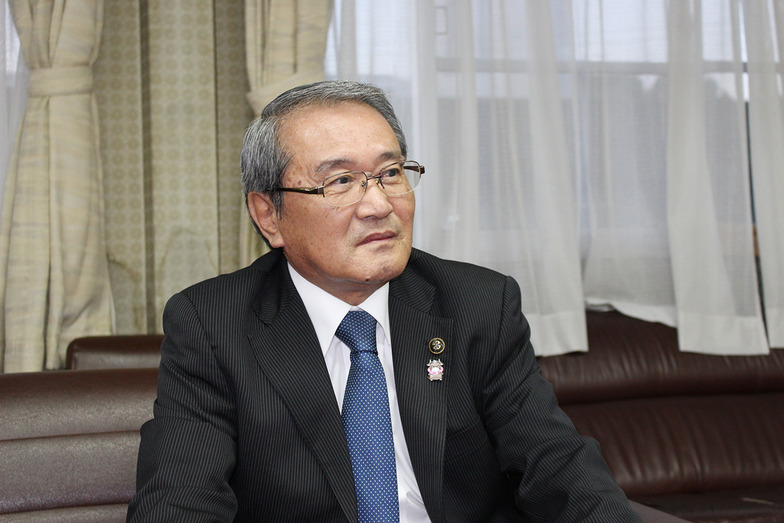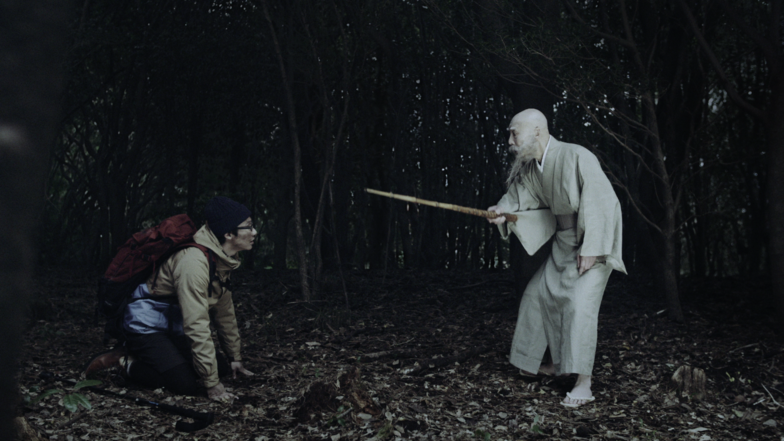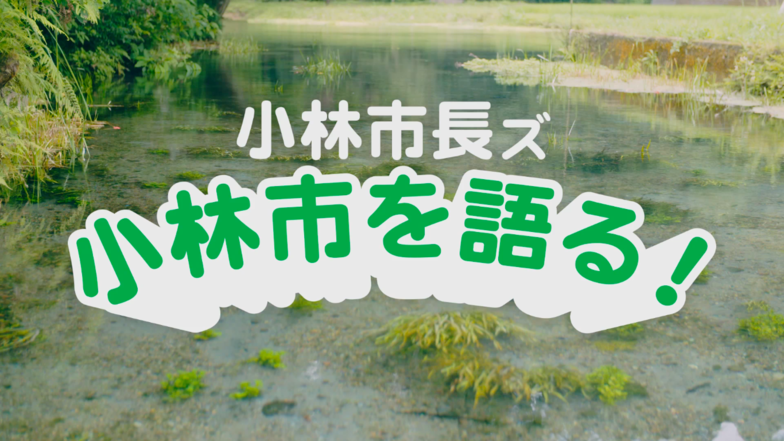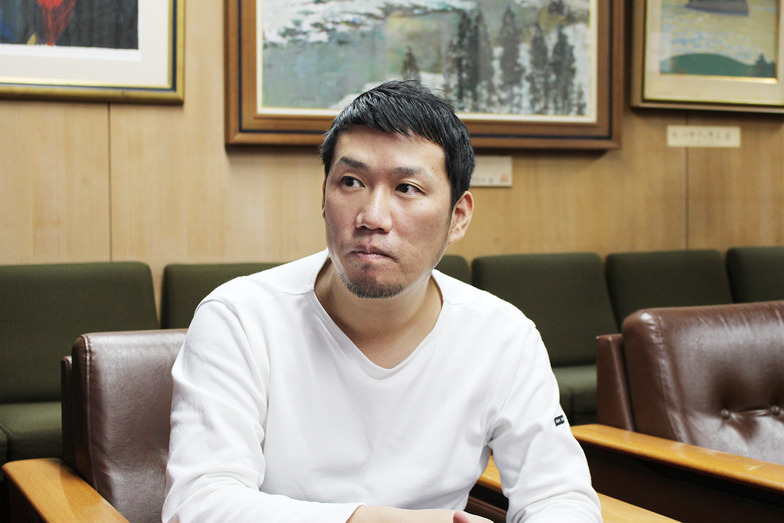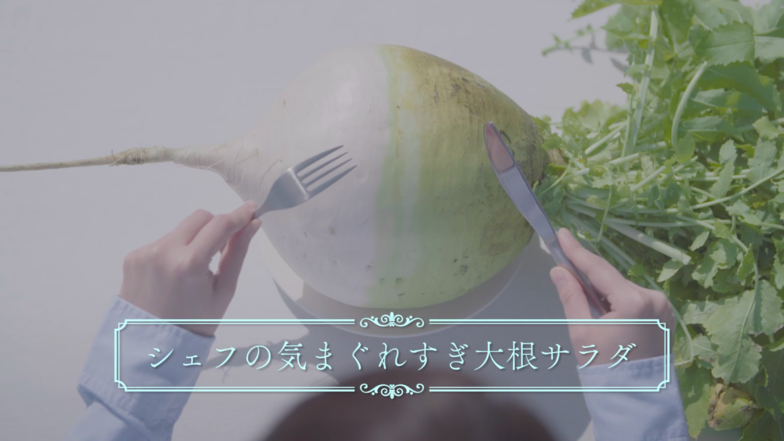Ochi: Actually, we also valued "collaborating" with various people and organizations in all our video productions. Having the "Mayors Kobayashi" from three cities outside the prefecture appear in the fourth installment connects to that.
Higo: We were so happy everyone agreed to help. Mayor Kobayashi of Kodaira City, Tokyo, even said, "I'll come visit sometime." The videos sparked new connections with people.
Ochi: The mayor also emphasized the importance of increasing the "related population" – people who engage with Kobayashi City from outside, perhaps by supporting us in some way even after leaving the area. That truly embodies the spirit of "tenamu."
Higo: What's crucial for regional revitalization is citizens uniting as one. We can't depend on anyone else; citizens and staff alike must take the lead and stand together. This initiative was also one means of creating an "All Kobayashi System." If we achieve this, I'm sure regional revitalization will no longer seem "fearful." We'll keep working toward that goal.
~ Kobayashi City, Miyazaki Prefecture Video Project ~
The "connections" between various people and Kobayashi City, born from video
Kobayashi City, Miyazaki Prefecture began producing PR videos in 2015. Five works have been released on YouTube to date. The first video, "Ndamoshitan Kobayashi," released in August of that year, introduced Kobayashi's natural resources, water, and ingredients. Its gimmick—presenting the local Nishimoro dialect in a way that sounded like French—became a sensation, recording 2.14 million views. Dubbed "a video you'll definitely watch twice," it sparked a huge nationwide response.
The second installment, "Deep in the Mountains," involved students from Kobayashi Shuhou High School forming groups to plan the video, create storyboards, and present their ideas. One of these group proposals was selected for production. Furthermore, for the third installment, "Freshly Harvested," a similar workshop was held with local working adults. The website for the "Tenando Kobayashi Project," operated by Kobayashi City, features all the groups' ideas. The fifth installment, "Survival Commute," released in November 2016, was also produced through a high school workshop format.
The fourth installment, the "Kobayashi Mayors Talk About Kobayashi City!" series, stood out as unique. It reached out to mayors nationwide with the surname "Kobayashi" and realized a project where they collaborated with their respective cities within the videos. Mayors Kobayashi from Hachinohe City, Aomori Prefecture; Kodaira City, Tokyo; and Atsugi City, Kanagawa Prefecture promoted their respective municipalities in the videos.




